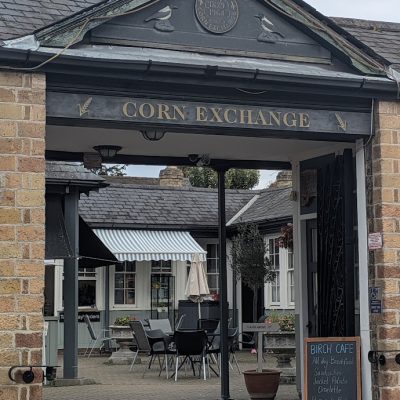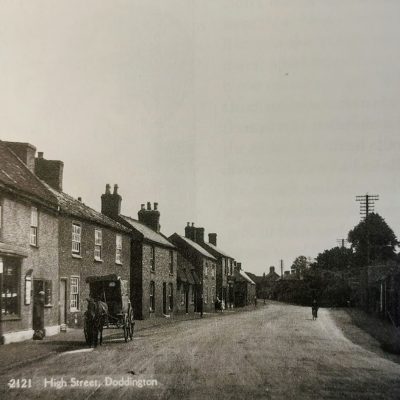Search by topic
- archaeology
- Building of Local Interest
- chapel
- charity
- church
- crime
- dressmaker
- fire
- Great Eastern Railway
- Listed building
- Mapping Relief
- medieval
- oral history
- poverty
- Public House
- Religious House
- Roman
- scholar
- school
- Then and Now
- tudor
- women
- work
- world war one
- world war two
Search by text
Moated bishop’s palace, Manor Farm, Doddington
History of the Bishop's Palace
Listed Building:
The manor of Doddington was one of the manors obtained by the monastery at Ely on its foundation in the 11th century, and it subsequently became one of the bishops’ principal residences. Bishop Balsham died there in 1286. A survey made for Bishop Fontibus in 1221 shows a demesne of 262 and a half acres, together with both vaccaries and fisheries. The manor, like many of the other episcopal manors, passed through a depression in the 14th century. By the late 15th century the manor was no longer in use by the bishops as an official residence and was leased out. By 1602 the manor was in the ownership of Sir John Peyton, in whose family it continued until the end of the 19th century.
Brithnoth, first Abbot of the refounded Abbey at Ely, held 60 acres and a fish weir here and by 1086 the estate had grown substantially. At the formation of the Bishopric of Ely in 1191 the manor was given to the bishops and it became one of their favourite residences. The estate declined during the 14th century but the Bishop’s palace was kept in good repair.
Contribute
Do you have any information about the people or places in this article? If so, then please let us know using the Contact page or by emailing capturingcambridge@
License
This work is licensed under CC BY-NC-SA 4.0








